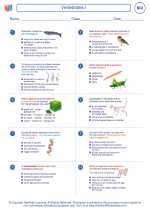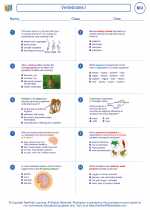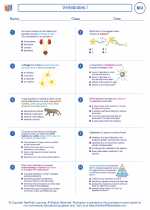Bone Tissue
Bone tissue is a specialized type of connective tissue that forms the structural framework of the human body. It is composed of cells, fibers, and ground substance, and is responsible for providing support, protection, and movement. Understanding the structure and function of bone tissue is essential for comprehending various aspects of human anatomy and physiology.
Types of Bone Tissue
There are two main types of bone tissue: compact bone and spongy (cancellous) bone. Compact bone is dense and forms the outer layer of bones, providing strength and protection. Spongy bone, on the other hand, is less dense and found at the ends of long bones and in the middle of other bones. It provides structural support while allowing for the passage of blood vessels and red bone marrow.
Composition of Bone Tissue
Bone tissue is primarily composed of cells, including osteoblasts, osteocytes, and osteoclasts. Osteoblasts are responsible for bone formation, while osteocytes are mature bone cells that maintain the bone matrix. Osteoclasts, on the other hand, are involved in bone resorption, the process of breaking down and removing old bone tissue.
In addition to cells, bone tissue contains extracellular matrix composed of collagen fibers and mineral salts, such as calcium and phosphate. This matrix provides the strength and resilience that allows bones to withstand mechanical stress.
Functions of Bone Tissue
Bone tissue serves several important functions in the human body, including:
- Support: Bone tissue provides a rigid framework that supports the body and gives it shape.
- Protection: Bones protect vital organs, such as the brain, heart, and lungs, from injury.
- Movement: Bones, in conjunction with muscles, facilitate movement and locomotion.
- Mineral storage: Bone tissue stores minerals, such as calcium and phosphorus, which are essential for various physiological processes.
- Blood cell production: Red bone marrow within certain bones is responsible for the production of red and white blood cells, as well as platelets.
Study Guide
To effectively study bone tissue, consider the following key points:
- Understand the structure and function of compact and spongy bone.
- Learn the roles of osteoblasts, osteocytes, and osteoclasts in bone tissue maintenance and remodeling.
- Explore the composition of the bone matrix, including collagen fibers and mineral salts.
- Identify the functions of bone tissue in the human body, such as support, protection, and mineral storage.
- Review the process of bone tissue development and repair.
Additionally, it is helpful to utilize visual aids, such as diagrams and models, to reinforce your understanding of bone tissue structure and organization.
.◂Biology Worksheets and Study Guides High School. Vertebrates I

 Worksheet/Answer key
Worksheet/Answer key
 Worksheet/Answer key
Worksheet/Answer key
 Vocabulary/Answer key
Vocabulary/Answer key
 Vocabulary/Answer key
Vocabulary/Answer key
 Vocabulary/Answer key
Vocabulary/Answer key
